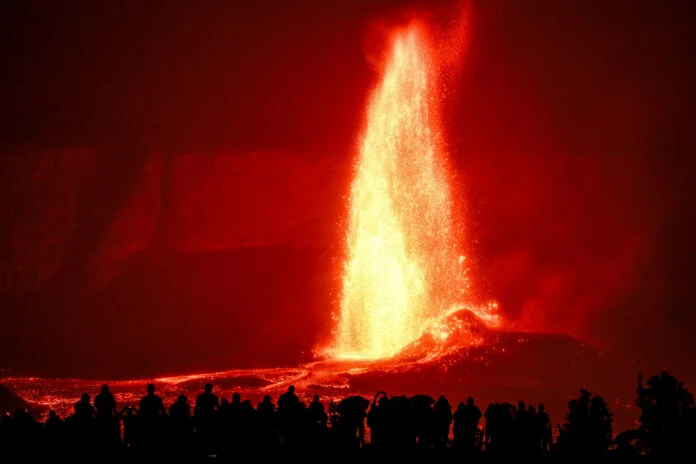BY THE ARCHAEOLOGIST EDITOR GROUP
When exploring the intriguing world of burial practices and final resting places, two terms frequently emerge: cemetery and necropolis. Although often used interchangeably, these terms carry distinct meanings that reflect the historical, cultural, and architectural contexts in which they are employed. In this article, we'll delve into the subtle yet significant differences between a cemetery and a necropolis, shedding light on their unique characteristics.
Cemetery: A Tranquil Haven of Memories
Definition and Origins: A cemetery is a designated area, typically consecrated ground, where the deceased are interred and memorialized. The term "cemetery" traces its roots back to the Greek word "koimētērion," which translates to "sleeping place." The concept of cemeteries has evolved over centuries, with various cultures adopting their own practices and rituals for honoring the departed.
Characteristics: Cemeteries are characterized by organized rows of graves, often marked by headstones, monuments, or plaques that bear the names and dates of those buried there. These markers serve as a means of commemorating the lives of the deceased, and cemeteries are places of reflection and remembrance for the living. Cemeteries are typically associated with religious or cultural traditions and are known for their serene and peaceful ambiance.
Usage: Cemeteries are primarily used for individual or family burials. They are often located in close proximity to religious institutions or within urban areas. Cemeteries provide a final resting place for loved ones and create a space for families to visit and pay respects to their departed relatives.
Necropolis: The City of the Dead
Definition and Origins: The term "necropolis" originates from the Greek words "nekros" (dead) and "polis" (city), combining to signify "city of the dead." Unlike the concept of cemeteries, necropolises are characterized by a larger scale and often encompass entire complexes dedicated to burial and commemoration.
Characteristics: Necropolises go beyond the individual graves of cemeteries; they are expansive burial sites that may include tombs, mausoleums, and structures of varying sizes and architectural complexity. Necropolises can be found in ancient cultures across the world, from the pyramids of Egypt to the catacombs of Rome. These sites often showcase the societal and cultural values of the time, with elaborate tombs for royalty, officials, or revered individuals.
Usage: Necropolises are not merely burial grounds; they reflect a community of the departed. They were often used for multiple generations and were considered sacred spaces. In addition to being places of burial, necropolises could also hold religious ceremonies, festivals, and rituals to honor the deceased.
While both cemeteries and necropolises serve as final resting places, they differ in scope, purpose, and cultural significance. Cemeteries offer a personalized and intimate space for individual burials, fostering a connection between the living and their departed loved ones. On the other hand, necropolises encapsulate a grander vision of commemoration, reflecting the broader cultural, historical, and architectural heritage of a society. Understanding the nuanced differences between these terms allows us to appreciate the rich tapestry of human practices surrounding death and remembrance throughout history.







